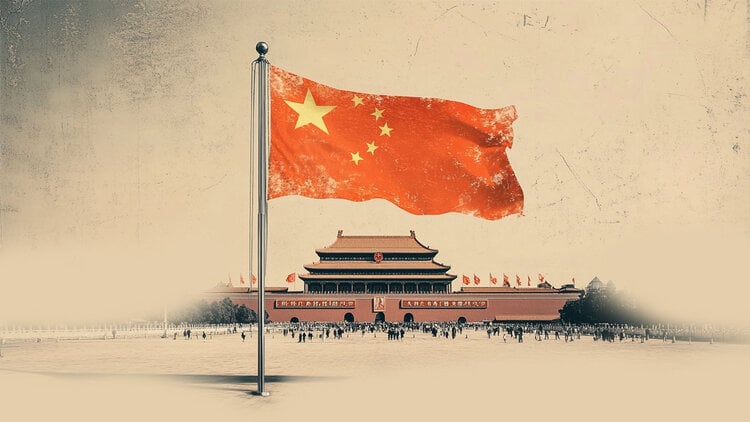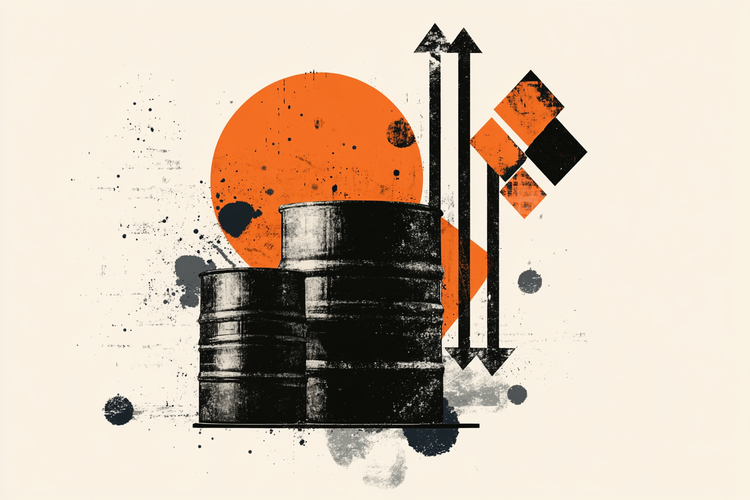With a history spanning more than 1,200 years, the “hadaka matsuri”, or “naked festival”, is an event that showcases Japanese masculinity.
Across Japan, now in a frigid winter, thousands of men strip naked—except for a dainty white patch covering their groins—to huddle at their local shrines. Each participant tries to get as close as possible to a man who plays the role of “shin-otoko”, a god-man who wards off bad luck.
On the one hand, the ritual illustrates Japan's unwavering respect for tradition and cultural heritage. But on the other hand, its insistence on excluding women — only men are considered pure in traditional Japanese culture — bears all the hallmarks of one of the country's greatest modern struggles: gender inequality.
To this day, men hold the highest positions in the country and most of the most important positions in prestigious private companies.
Last year, the World Economic Forum ranked Japan 125th in its Global Gender Gap Index report, far below other G7 countries such as Germany, Britain and the United States.
The country was just a few points ahead of India and Saudi Arabia, both of which perform notoriously poorly in terms of gender equality.
Some women in Japan still struggle with deeply ingrained cultural expectations that require them to take on the role of “shufu,” or housewife, experts say.
Meanwhile, the country's long work hours and male-centric institutional culture further conspire against women, who are already disproportionately burdened by more family obligations than men.
But at the festival, the women recently found hope. Even the country's most deeply held masculine tradition has recently been upended by another wrinkle in the national fabric: a shrinking population.
In February, with the number of male participants decreasing, the country's oldest hadaka matsuri, at Konomiya Shrine in central Japan, welcomed 41 women to participate for the first time.
“One reason for allowing women to participate in such a traditional festival is the shortage of men,” said Mikiko Eto, a professor emeritus specializing in gender policy at Hosei University in Tokyo.
“The number of young men is decreasing rapidly. Women must be welcome due to the shortage of male participants, so we were very well received.”
Haruhiko Nishio, 57, a member of a Shin-otoko alumni club involved in organizing hadaka matsuri at Konomiya Shrine, recalled: “Last year, the festival had just 1,700 participants, just a fifth of the pre-pandemic crowds. ”.
He said women were never explicitly banned from participating, but this mass participation was a first.
The female group, known as Enyukai, played a secondary role on the day (and the women agreed that they should keep their clothes on). But for those who participated, the event was deeply symbolic.
“Japan cannot help but put men at the front and women at the back. I want to release female power from now on,” participant Atsuko Tamakoshi, 56, told CNN .
“Now or never”
In 2023, the number of births in Japan fell for the eighth consecutive year, with a drop of 5.1% compared to the previous year, reaching an all-time low of 758,631, according to the Ministry of Health.
With a fertility rate hovering around 1.3 in recent years — far below the 2.1 rate needed to maintain a stable population (Japan has very low levels of immigration) — the Japanese government has long described its mission of increasing births as a matter of “now or never”.
Hosei University's Eto said the consequences of a declining population are not limited to small towns or traditional rituals.
Japan's workforce totaled 66 million people in 2023, including foreigners, according to a report released in January this year by the Organization for Economic Co-operation and Development (OECD).
However, that number will fall by more than half to about 32 million by the turn of the century if Japan's fertility rate continues to stagnate, the report predicts.
And as the population crisis grows, the government and many companies have begun to wonder why women are still forced by social expectation to stay at home, Eto said.
Amplified voices
According to Eto, there were improvements, although, as with the changes in hadaka matsuri, the reasons may have been more pragmatic than progressive.
Many companies are promoting greater gender equality in the workplace to make women feel more welcome.
The government has also introduced a series of initiatives to ease the burden on mothers, including a vision to encourage 85% of male workers to take paternity leave by 2030 for a more even division of domestic labor.
Examples of female leaders include Mitsuko Tottori, who took the helm of Japan Airlines on April 1 to become the first female president and CEO.
Experienced politician Yoko Kamikawa was named foreign minister last September, becoming the first woman to hold the role in two decades.
But overall, women's representation in politics and administration remains unsatisfactorily low, experts note.
Only five of the 20 members of Prime Minister Fumio Kishida's cabinet are women, and by 2023, less than 13% of senior and leadership positions in companies were held by women, according to the Global Gender Gap report.
A lack of innovative policies, such as the quota systems for women adopted by some European countries, is holding Japan back, Eto said.
Kaori Katada, associate professor of social sciences at Hosei University, said Japan's improvement in gender equality has been gradual and nuanced. Although women have more opportunities, she said, prejudice and stereotypes persist.
Women are mostly confined to more junior roles and care work, such as kindergarten care and nursing, and are often paid less than their male counterparts, she said.
“This means that women have to take care of the home and children, which forces them to work part-time. They cannot accept highly responsible managerial positions because they also need to take care of their children,” she said.
And not all social institutions are ready to embrace women as much as the hadaka matsuri at Konomiya Shrine, as the few women who try to enter the ring of sumo wrestling, another male-dominated sport, can testify.
Hiyori Kon, 26, a top amateur sumo wrestler and the protagonist of the 2018 Netflix documentary “Little Miss Sumo,” told CNN who is often met with disapproval, reminding her that Japan has a long way to go in terms of gender equality.
Once, she said, a male colleague told her: “If you continue in sumo, you won’t be able to get married, so you better stop soon.”
Source: CNN Brasil
Bruce Belcher is a seasoned author with over 5 years of experience in world news. He writes for online news websites and provides in-depth analysis on the world stock market. Bruce is known for his insightful perspectives and commitment to keeping the public informed.





